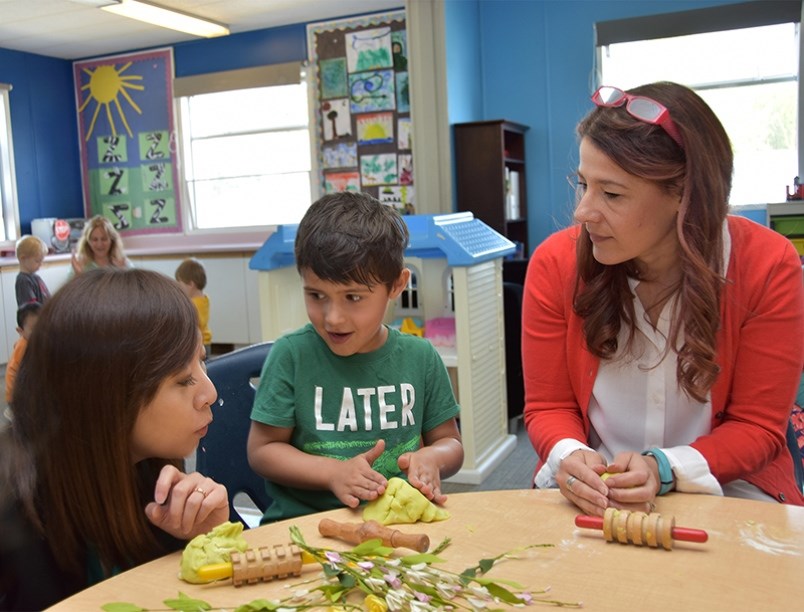Could the Tri-Cities be moving toward a daycare solution?
That’s the question that could be asked as School District 43 seeks a meeting with provincial government officials this summer to clarify its roles and responsibilities in the provision of daycare.
Until now, the district has maintained its job is to provide education, not daycare, but an aggressive funding plan by the provincial government may be shaking up that view.
Last week, the province announced a boost in its Childcare BC New Spaces Fund, providing school districts up to 100% of funding for creating new spaces, up from 90% previously, and will provide districts with amounts of up to $500,000 if they build the spaces themselves or $1 million if they create them in partnership with a non-profit.
At least four B.C. school districts have taken up the offer, creating hundreds of spaces with about $5 million in funding, according to the Ministry of Children and Family Development.
And in Burnaby, the school district is working with city council to erect modular buildings to accommodate daycares for 100 children at school sites, using $6 million in city density bonus money.
SD43 wants to know what its role should be and how it can work with the province, cities and non-profits in the future, according to board chair Kerri Palmer Isaak.
“We really feel we have been left out of the conversation as to where child care spaces are going to be located,” said Palmer Isaak, who is the trustee for Anmore and Belcarra.
The board is asking for a meeting with government officials in August to clarify matters and Tri-City mayors signed on to the letter, too, she said.
“Apparently, all schools now are supposed to look at creating daycare spaces in all new construction projects. That’s a new kind of direction looking forward. How can we make this a collaborative and municipal and cities and district project?” Palmer Isaak said, noting that there are models in Vancouver and Burnaby that could be explored. “The mayors and schools district are on board that this isn’t a school district problem, this is a community challenge.”
The district has struggled with the issue of daycare in recent months because of a space squeeze at schools. It must find — or build — new classrooms to accommodate growth and meet class size and composition agreements that were restored last year following a ruling by the Supreme Court of Canada.
To provide room, some daycares had to be relocated, raising an outcry from parents and prompting the district to release a study of daycare spaces at schools. But at the time, trustees voted not to meet with governments and other groups on the issue, choosing instead to refer the report to the Tri-Cities ECD (Early Childhood Development) Committee.
Now, with the province announcing $1 billion in budgeted spending over three years for increased daycare subsidies for low-income families, plus 22,000 new spaces, SD43 wants to know what, exactly, its role is in the provision of daycare, and what opportunities are available to work with cities and non-profits.
WHO IS APPLYING?
B.C. school districts already applying for capital funding, according to the Ministry of Children and Family Development, including:
• SD42 (Maple Ridge-Pitt Meadows), which received more than $3.4m for eight projects to create 352 new child care spaces (160 preschool, 192 school-age);
• SD49 (Central Coast), which received $415,698 to create 28 spaces;
• SD60 (Peace River North), which received $500,000 to create 37 spaces;
• SD93 (Conseil Scolaire Francophone de la Colombie-Britannique),which received $472,405 to create 40 spaces.
Other groups that can apply for funding for new spaces are child development centres (100% up to $500,000) and non-profits (90% up to $500,000). Private child care providers are eligible for $75% of the total cost of their project, up to a maximum of $250,000.



